Four years in the making, we speak to the design team behind Riverside, Decathlon’s in-house touring bike brand, and test ride the prototype Riverside 920 bikepacking bike that’s due for release at the end of 2020.
A European network of colossal grey warehouses filled with shelves upon shelves of bargain rucksacks, outdoor clothing and kit for almost every sport or activity you can imagine, Decathlon’s stores are loved by many.
They’ve received some great press in recent years too for their budget B’Twin and Triban bikes, some built up to great spec at a very reasonable price, and growing range of cycling kit too.
When we heard that Decathlon were planning on releasing a gravel bike, it came as no great surprise. That’s what everyone’s working on right now, isn’t it? Yet this pipeline is much longer than a recent trend, and in fact a part of a much larger project that’s been four years in the making already.
Designed for travellers by travellers

The Riverside team and ambassadors have worked together on the touring bikes over the last four years. Photo: Riverside Touring
“It’s been a very long process, which is pretty unique for Decathlon,” explained César Bygodt, who leads on communications for the Riverside brand out of their office in Lille. Just like the rest of the Riverside team, César is a well-seasoned tourer.
“Usually a bike would take about two years from the first idea to the bikes being in our stores. But with the touring and bikepacking range, from the very beginning we knew we couldn’t do that in our office.”
“What we had to do, was to do it with travellers, as travellers are going to take these bikes to extreme situations. We had to test the bike at every single step, which in our field is totally different. These bikes go for long trips, and we just had to go and do that, so that’s made the process really special, but really long of course!”
Designers at Decathlon recognised that more and more people were touring, so a small team of their bike designers proposed developing a touring bike range to HQ in 2016, predicting that it would take a small team of four a total of four years to bring the vision to market.
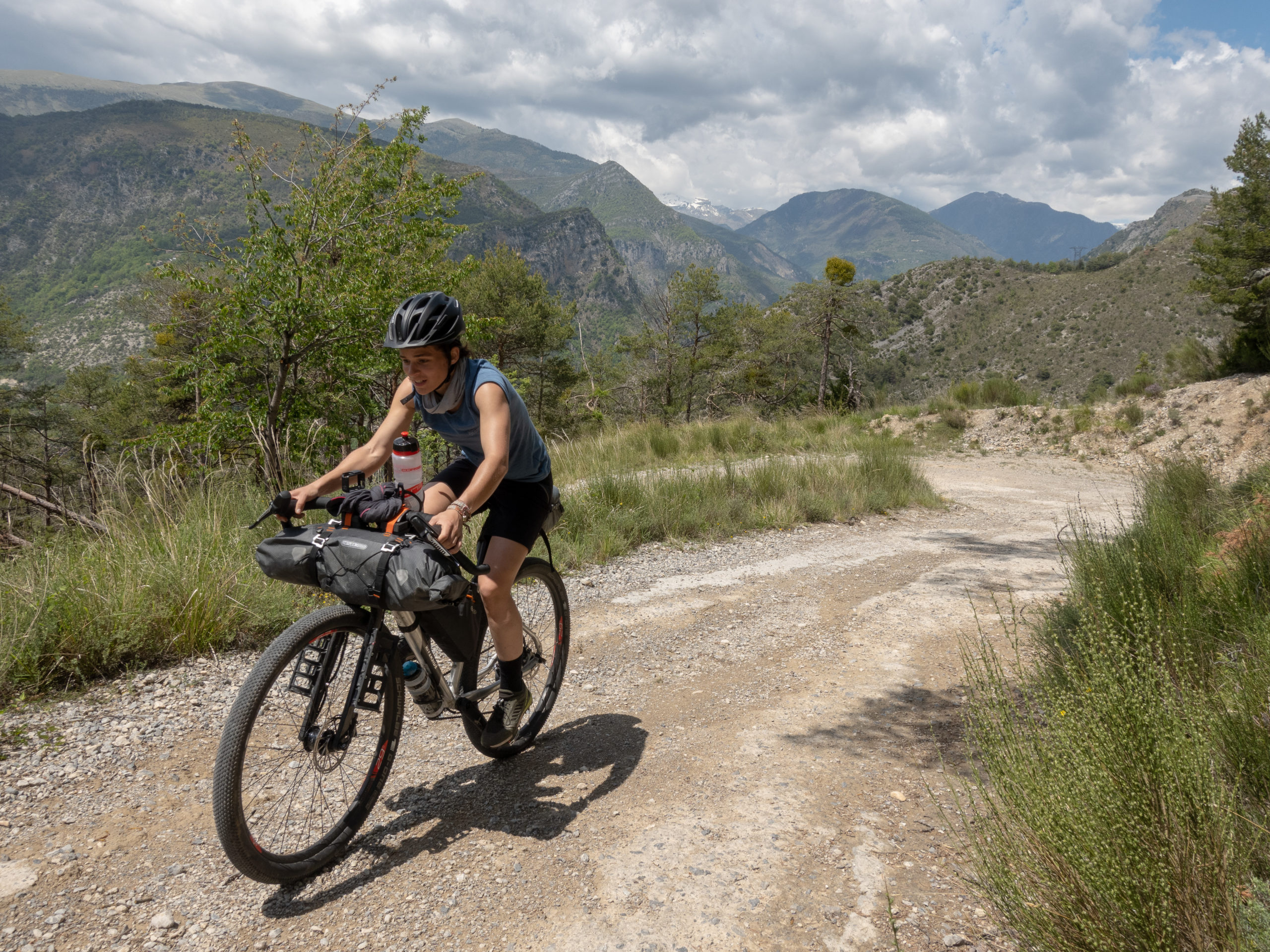
Alix, Riverside team member during a test mission in Mercantour National Park, South France. Photo: Riverside Touring
“It started off with the project manager just listening to like, 100 travellers, just going everywhere in France, plus a bit in Belgium and Switzerland,” César recounted. “All one-on-one exchanges; ok, what bike do you have? What trips do you do? What are the pros and cons of your bike? What would make it easier? What are your needs? What are you satisfied with? What was your experience of bike touring or bikepacking and so on.”
At the same time, the small team benchmarked the market, buying and analysing some competitor touring bikes and doing some ‘test missions’. With the information from interviewing the bikepackers, plus all the bikes on the market already, they came up with an idea of what they wanted to do. Materials, wheel size, what brake types, what geometry and so on.
“The frame didn’t evolve that much,” the team admitted, “the geometry has changed a little and the way that we shape the tubes, but in general the frame has been pretty stable as the idea was there after all the initial research.”

From touring to racing; here pictured ambassador Pierre Gouyou Beauchamps at the finish of the first Atlas Mountain Race with a 920 prototype
What changed a lot was the components. They’d been testing loads of different drivetrains, different wheels, tyres, grips, saddles, firstly testing them all themselves and then sending them to their ambassadors too to test them for the long run.
“Since then, the touring and bikepacking markets have pushed forward super strong, now it’s booming which is amazing. At first we thought we’d do just one touring bike, but now in the end we have three of them…”
The Riverside touring trio
“Since Riverside’s conception in 2016, the touring and bikepacking industry is has been getting bigger and more diverse, and people are doing specific things to their bikes. At first we were thinking about just making one touring build; a classic British style touring bike with racks and panniers,” César explained.
“Listening to people and watching the market trends we wanted to add a bikepacking specific bike that would be focused mainly on off-road adventures. Then as we are Decathlon, and as our mission is to make sports and cycling and bike touring accessible to the many, we decided to make this challenge of making a touring bike that’s affordable.”
“Not just a bike that you can tour with, that would be affordable, cos you can do that with almost any bike, but really a good touring bike that would also be affordable. So that was the evolution and how we got to the three models.”
Introducing the Riverside 920
Of course, being ADVNTR, we were most interested in the off-road model, the Riverside 920, so got a prototype model in for a look ahead of the launch.
Speaking to César, it soon became clear that the bike was really optimised for touring; something that unfortunately we haven’t been able to do due to UK covid restrictions.
What you’ll find here are my thoughts from a series of rides fully laden, with all the gear you’d need for an overnighter or touring trip, but on day rides instead!
Frame and fork
When you look at the shining, raw alloy frame of the prototype bike, it’s pretty much a MTB in terms of angles, once you disregard the oversized drop bars.
Fitting high volume 29er (or 700c) wheels and tyres in a drop bar frame is not an easy feat. The length of the frame is increased to give this level of clearance, particularly with regard to the chainstays.
Comparing this to my first gravel bike and go-to, a Pinnacle Arkose LTD 2017 in women’s medium, there is a noticeably longer reach (+30 mm). This is exacerbated with the layback seat post, and of course drop bars are more ‘reachy’ than flat bars, which needs to be taken into consideration too.
The sloping top tube makes for easy access, and also extends the exposed seatpost, which is a delight for mounting bigger seat post packs, at the cost of a smaller front triangle.
Combined with the rigid carbon fibre disc fork, there’s an enormous 33 mounting points on the bike. Whether you want to run racks, mudguards, dynamo lights, cargo cages; you name it, there’ll be space for it!
The double or sometimes triple boss mounts are on either fork leg, the top and underside of the top tube, within the main triangle, under the downtube, and on the tops of the seat stays, so there’s many options for your bikepacking bag set up and carrying plenty of water too.
As fork cages and storage seems to be all the rage in 2020, you’ll be pleased to hear that there’s plenty of options there too, where you can fit either bags or bottles using cages of your choice (we hear that there are Riverside cages in development too).
Paired with some prototype cages and Apidura fork cage bags, this gives loads of extra storage room in a place with a relatively low centre of gravity; a win-win in terms of ride feel.
At present on this prototype model the wires from the dynamo hub are taped to the inside of the fork, although on the production model this cable will run through a housing on the back of the right fork blade up into the crown.
The frame and fork will be painted a sage green gloss colour, which I personally think is gorgeous, with a few small details including a line drawing of mountains on the seat tube and the words ‘designed by travellers for travellers’ on the inside of the seat stay.
Groupset
After extensive testing, the Riverside team have opted for a SRAM hydraulic groupset, mixing drop-bar specific Rival with a 1x set up with a DUB 32T chainring. This, paired with an 11-42T cassette is a marvellous combination for loaded touring and bikepacking; with a huge range of gears for hauling up long mountain inclines or picking your way through loose off-road trails with the added weight of luggage.
This width of gear ratios is unprecedented in other set ups such as Shimano GRX, and is critical to a build like this.
The cross-compatibility of SRAM drop-bar and MTB groupsets makes this gearing selection clear.
The main drawback that I can find with the groupset is longevity and cost over time. I had nothing to grumble about on the trails, in fact I’m personally a huge fan of 1X set ups for these purposes, but replacing parts in the future could be more tricky.
For example, the SRAM hoses for Rival; you need to buy these as specific parts (not hose off a reel like Shimano), and these are pricey at around £45 a go.
When considering bikepacking set ups, I tend to imagine myself in the middle of nowhere with a catastrophic mechanical; how far would I have to go to get to a bike shop that would be able to supply the parts needed? Can you tell that I learnt that the hard way with a Colnago-specific rear mech hanger in the middle of France a few years back?
160 mm rotors are specced for the hydro disc brakes, which again seems sensible. Unless heavily laden (Decathlon recommend a max loaded weight including rider of no more than 170 kg) and descending alpine passes, I’d think that these would be plenty enough.
Wheels and tyres
Big rubber on 29″ tyres, Riverside mean business when they declared they wanted to make an off-road touring bike! The sensation of riding this bike as an average-sized British female (5 ft 4″/ 165 cm on a size small) takes a little getting used to; I felt like I was positioned deep between the two huge ‘wagon wheels’, but when loaded up I’d started to get used to the feeling.
It certainly rides better when loaded, which was crucial to the Riverside team’s design. If you’re expecting a bike that could double up as a gravel racing machine there are probably better options on the market, but as a pure hauler this is a great choice.
We all have friends that like to pack the kitchen sink on multi day rides, and this is one I think would certainly appease them! Having said that, it’s no slouch when you give it some beans either, as long as you’re on the flat or downhill!
For the prototype, I’ve been riding chunky 2.25″ Schwalbe G-One tyres , although I’m glad to see that these have been replaced with grippier Schwalbe Thunder Burt tread, also at 2.25″ (57 cm) for the production model.
Things were getting a little sideways on my autumnal muddy rides with the minimal tread pattern of the G-Ones, and as this bike is designed for longer tours, I think that mixed weather – and hence trail conditions – are inevitable.
I haven’t ridden the Thunder Burt tyres before so can’t say I can comment too much on those, although Riverside do claim that they are renowned for their low rolling resistance while giving good grip.
This high volume tyre choice is a good one, especially when a loaded bike is taken into consideration.
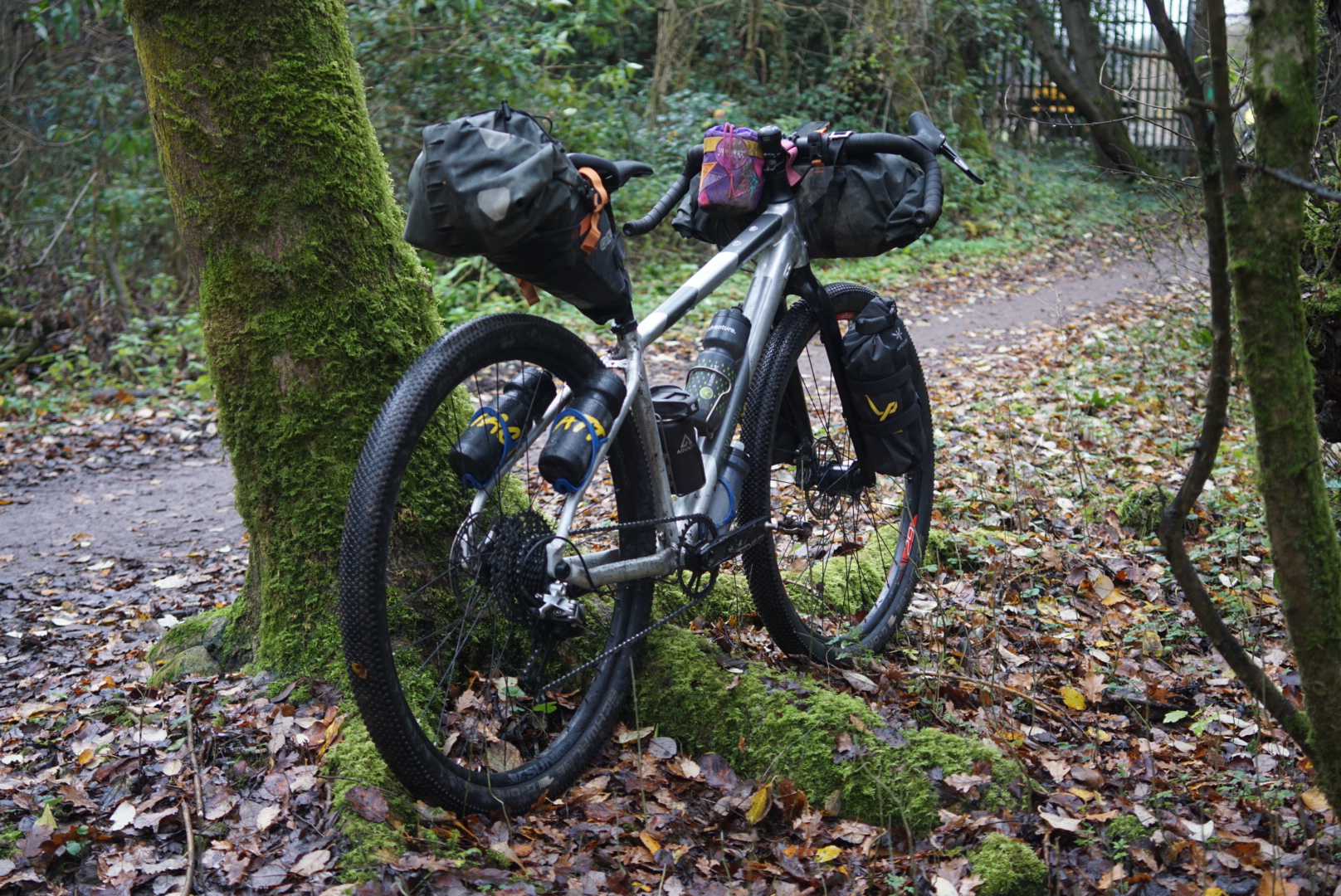
With generous clearance for up to 2.4 inches of rubber, the frame and fork certainly isn’t limited in terms of off-road tyre choice
In terms of the wheels, I’m glad to see that Riverside have opted for a 32 spoke build on Sun Ringle Duroc rims. Beyond this, additional spokes don’t add significantly to the strength of the wheel but instead only add weight.
This selection should give a strong wheelset that’ll be able to cope with the loads and terrain that the build invites.
‘Standard’ 12 mm thru axles with 100/142 mm hub spacing bring the bike in line with many modern equivalents, but the quick release fixtures help to make removing and replacing the wheels and easy and tool-free process.
Finishing kit
The stem, handlebars and seatpost are all simple, alloy in-house models from Decathlon. A chunky 31.6 mm lay back seat post has been selected; a larger diameter than the typical 27.2 mm that you find on most drop-bar bikes, to cope with the extra demands of a rider plus bags and give greater rigidity.
A short alloy stem, from a tiny 60 mm in size small scaling up to a maximum of 100 mm for the XL size is used, branded B’Twin from Riverside’s sister brand.
The handlebar design is something that Riverside seem to be pretty chuffed with, but I have to admit that I do not like them at all. On my small model, these measure 580 mm at the drops (440 mm centre to centre at the top), which is not an issue in itself; but it’s the 24 degree angle of flare that I don’t like.
Flared bars are great in my opinion, until the point where the hood and shifter positions are altered as a result of them. Therefore, I typically prefer flare angles of less than 16 degrees, on bars such as the Easton EA70 AX bars or the PRO Discover bars.
With an altered shifter and hood position, I found that my own riding position was altered to the point that it became uncomfortable, especially in my wrists, so that would be the first thing I’d change if the bike were mine.
On the other hand, this wild flare does mean that you can fit plenty between the bars; in this case a whole two person tent and sleeping mat.
The bars are wrapped in B’Twin Grip handlebar tape in black. Nothing to write home about, but not too shabby either. I can assure you that the production models will be wrapped better than these though!
The seat post is topped with a Brooks Cambium C15 Carved All Weather saddle; a modern take on a British classic. This is a luxurious addition, although one I didn’t ride with as I’ve found we haven’t agreed in the past.
Dynamo charging
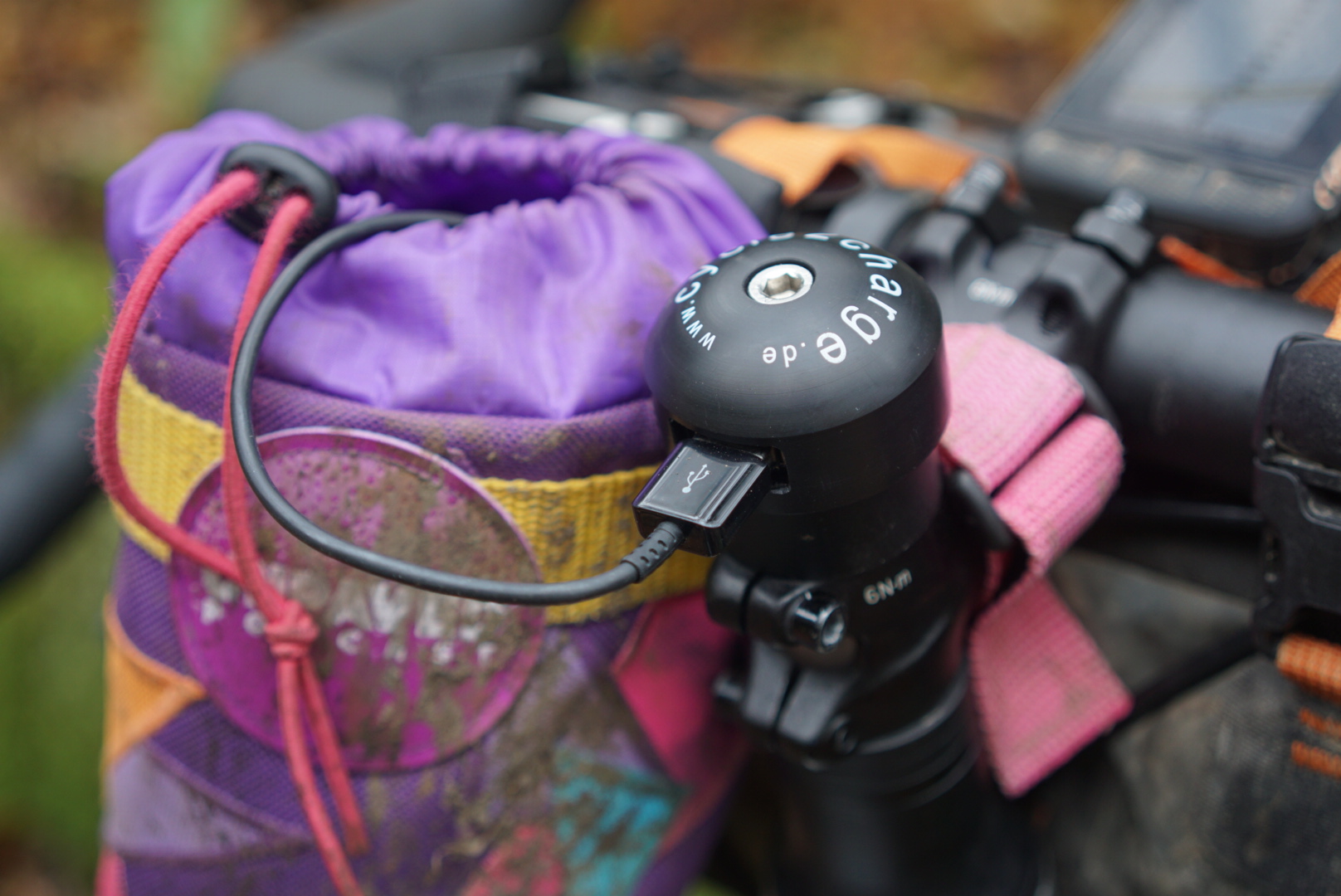
The Cycle2Charge unit works well with a stem pouch or handlebar bag to hold your charging electronics
A final neat feature of the Riverside 920 Touring bike is the Shimano Deore XT dynamo front hub, which is linked up to a Cycle2Charge USB port on top of the steerer. It looks a little… clunky on this set up, but with a fine tuned set up and cut down steerer to size it’s a little less obstrusive.
This USB port has a twisting plastic cover, so that you can make sure it doesn’t get wet when not in use and riding in the rain. Simply plug in your cable while pedalling to charge devices like lights, a phone or GPS unit, reducing the need to stop overnight in lodgings or wait at cafes to charge, or carry fewer heavy battery packs.
Full tech specs
Weight: 12.8 kg in size medium
|
Frame |
Triple butted 6061 aluminium, removable rear mech hanger, internal cable routing, sage green gloss paint, 22 mounting bosses, max tyre clearance 2.4″ |
|
Fork |
Carbon fork, 11 mounting bosses, max tyre clearance 2.4″ |
|
BB |
SRAM DUB |
|
Brakes |
SRAM Rival hydraulic, 160 mm rotors |
|
Chainset |
SRAM DUB 32T chainring (1x), 11-spd 11-42 cassette, SRAM Rival long cage rear mech, SRAM 11-spd chain, 170 mm cranks (S/M) or 175 mm (L/XL) |
|
Bar tape |
B’Twin Grip handlebar tape |
|
Handlebars |
Riverside flared alloy bar, width at and of drops 580 mm (S) or 620 mm (M-XL), 24 degree flare |
|
Saddle |
Brooks Cambium C15 carved all weather |
|
Seatpost |
Riverside Alloy 31.6 mm |
|
Stem |
B’Twin Alloy 60 mm (S) to 100 mm (XL) |
|
Tyres |
29×2.25 (57-622) Schwalbe Thunder Burt |
|
Wheels |
Sun Ringle Duroc 30, 32 spoke, 32c rims 29″, 100/142 x 12 mm thru axles with quick release |
|
Dynamo |
Shimano Deore XT dynamo hub: (6V – 0.5A, 3W), Cycle2Charge USB port on the steerer |
The Riverside 920 verdict
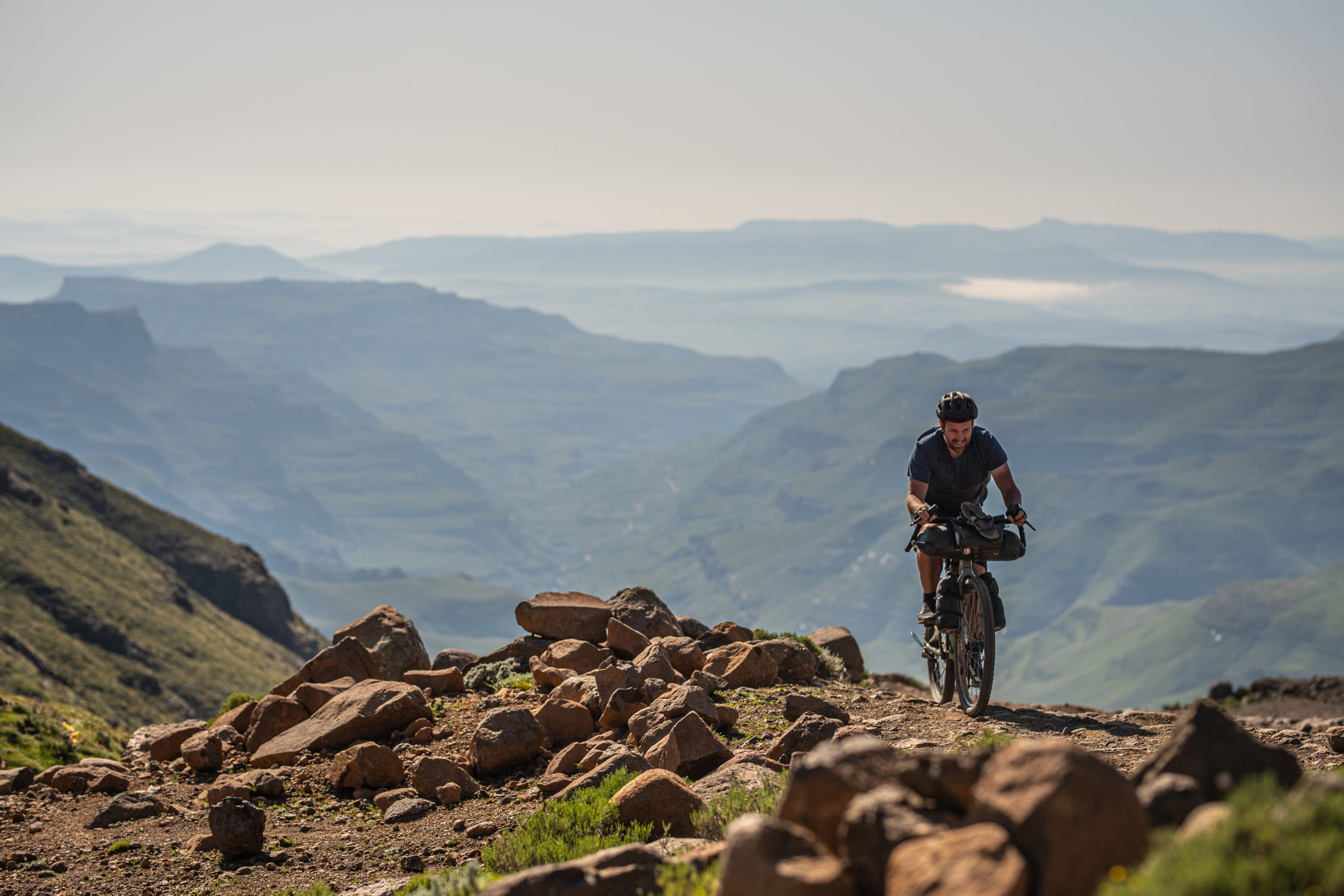
Nicolas, product manager of the Touring range, bikepacking in Lesotho. 50,000 km of testing have gone into the prototypes of the Riverside 920
All personal preferences aside, what a bike for an incredible £1,399 or €1,499! There really is nothing comparable on the market at that price point.
Speaking to the team behind the four year project, it’s been great to visibly see the passion and personality that’s gone into developing these touring bikes… perhaps not what you’d expect from such a big player.
I have to applaud the Riverside team for their approach, genuinely listening to experienced tourers to find out what’s really required, and putting that together with Decathlon’s incredible buying power to spec some really great bikes and phenomenal value.
The whole build wasn’t to my personal taste; the super flared bars being too much for my preference. With more moderate 16 degree flared ‘gravel bars’ in the Decathlon shop for £24.99, it would hardly be a big expense to change though.
As is the case unfortunately with a lot of bike brands, I don’t feel that the sizing is ample at the smaller end of the scale. I fitted an in-line seat post to try and reduce the reach on my small model (the smallest available, rated for riders between 155 and 165 cm). At 165 cm I topped this range, yet still felt that the bike was a bit too big for me.
It seems such a shame, as this bike, with its affordable price and many mounting points could be a real hit for shorter riders or younger riders getting into touring.
Bag storage is a big problem for shorter riders, but this bike has ample space between the bars and with a lot of exposed seat post for bag attachment, not to mention the fork and chain stay options too. It’s just a real shame that there aren’t any smaller sized builds (perhaps an XS with 650b wheels?) to accommodate shorter riders.
Back on the positive side, I think that opting for really wide gearing is a big bonus, and a mark that is often missed in adventure bikes like these. Perhaps some sacrifices in terms of component replaceability have been make for the sake of affordability, but you can’t have it all!
All in all, the Riverside 920 touring bike is a fantastic value option that I’m sure will help Decathlon realise their core mission; to make sports like these accessible to so many more.
Coming soon
Covid really put a spanner in the works for the spring 2020 launch, but the latest estimate of the Riverside 920 bikes being available is this weekend (5th December 2020), with the Riverside bikepacking bags range from Riverside following next spring.
Last modified: 1st December 2020
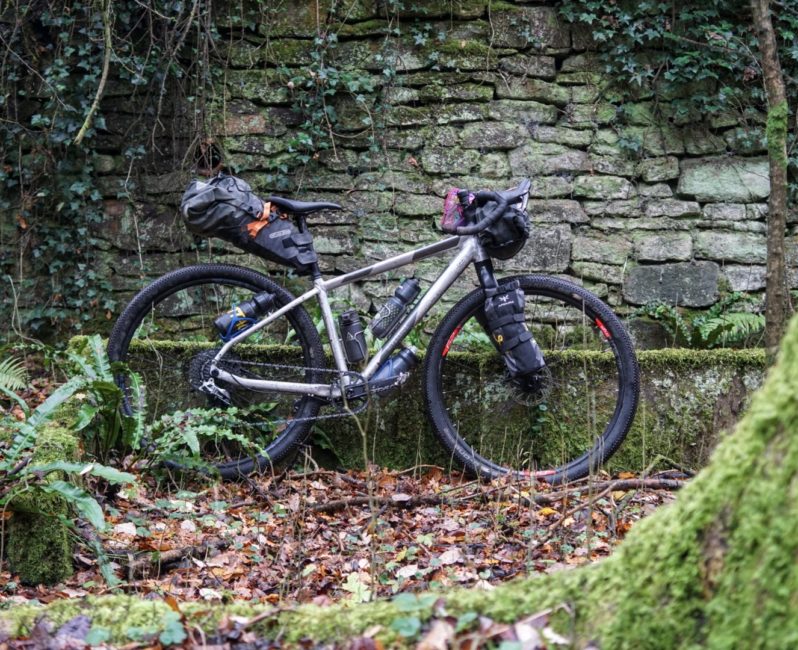





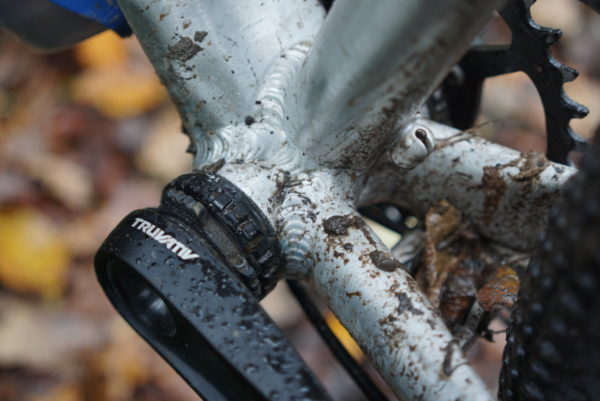
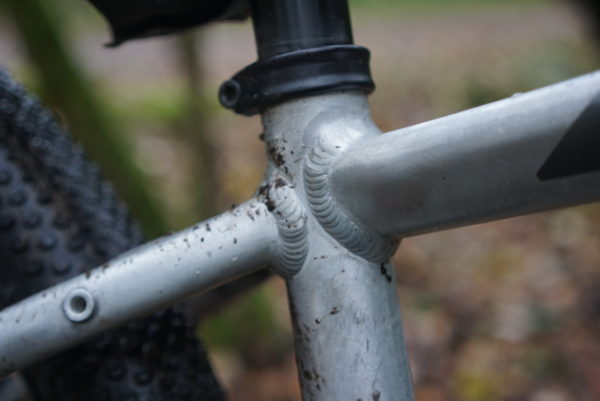
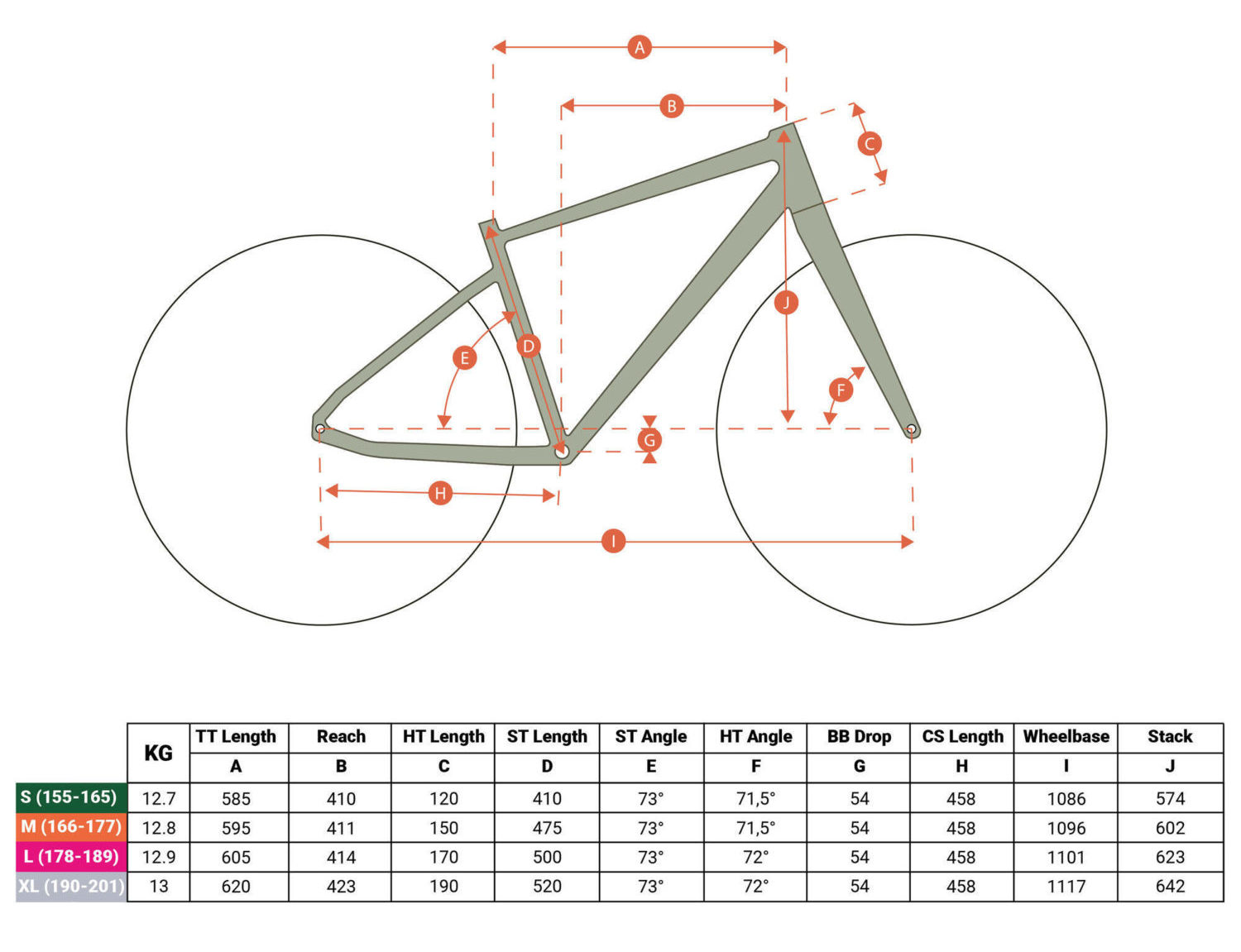




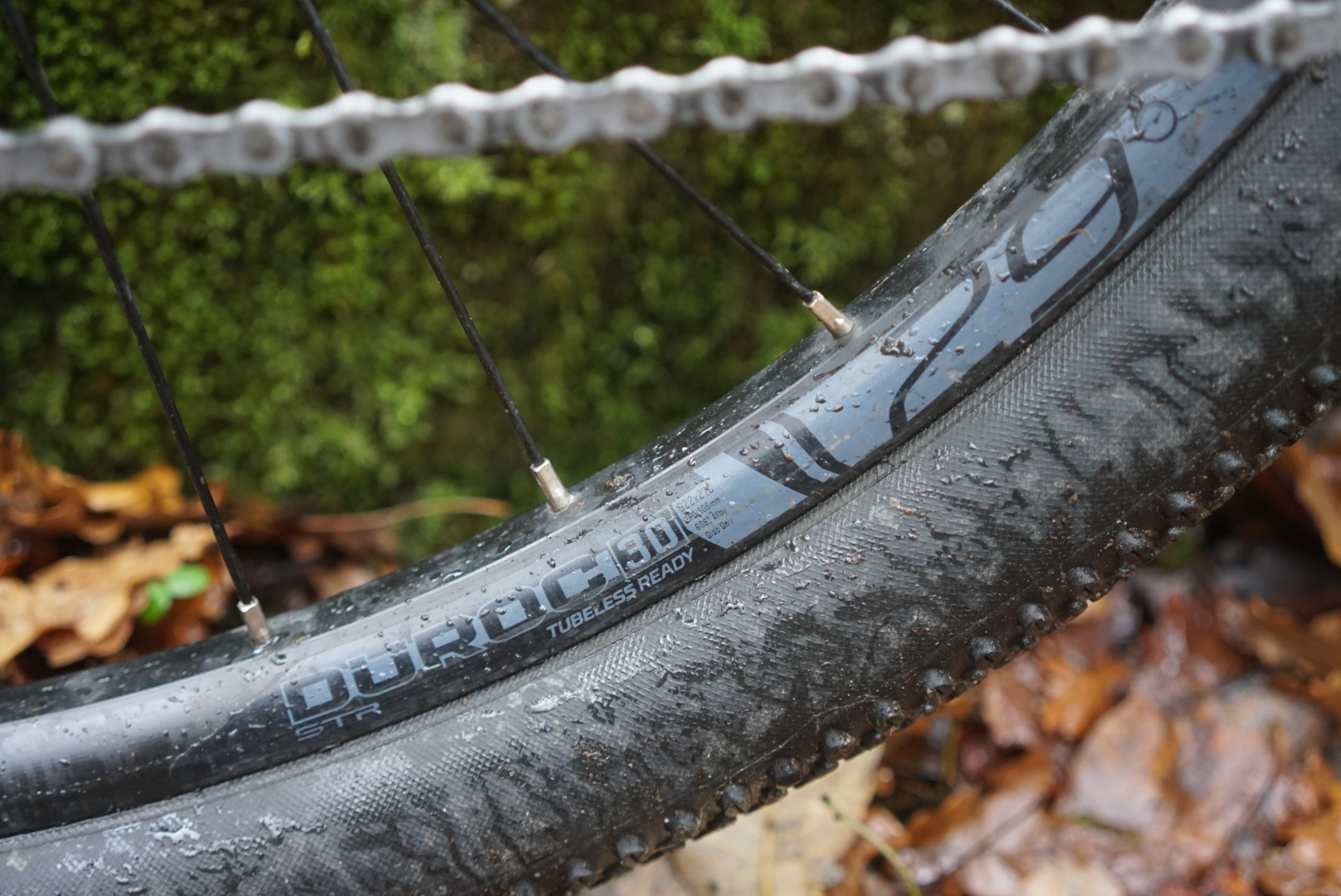
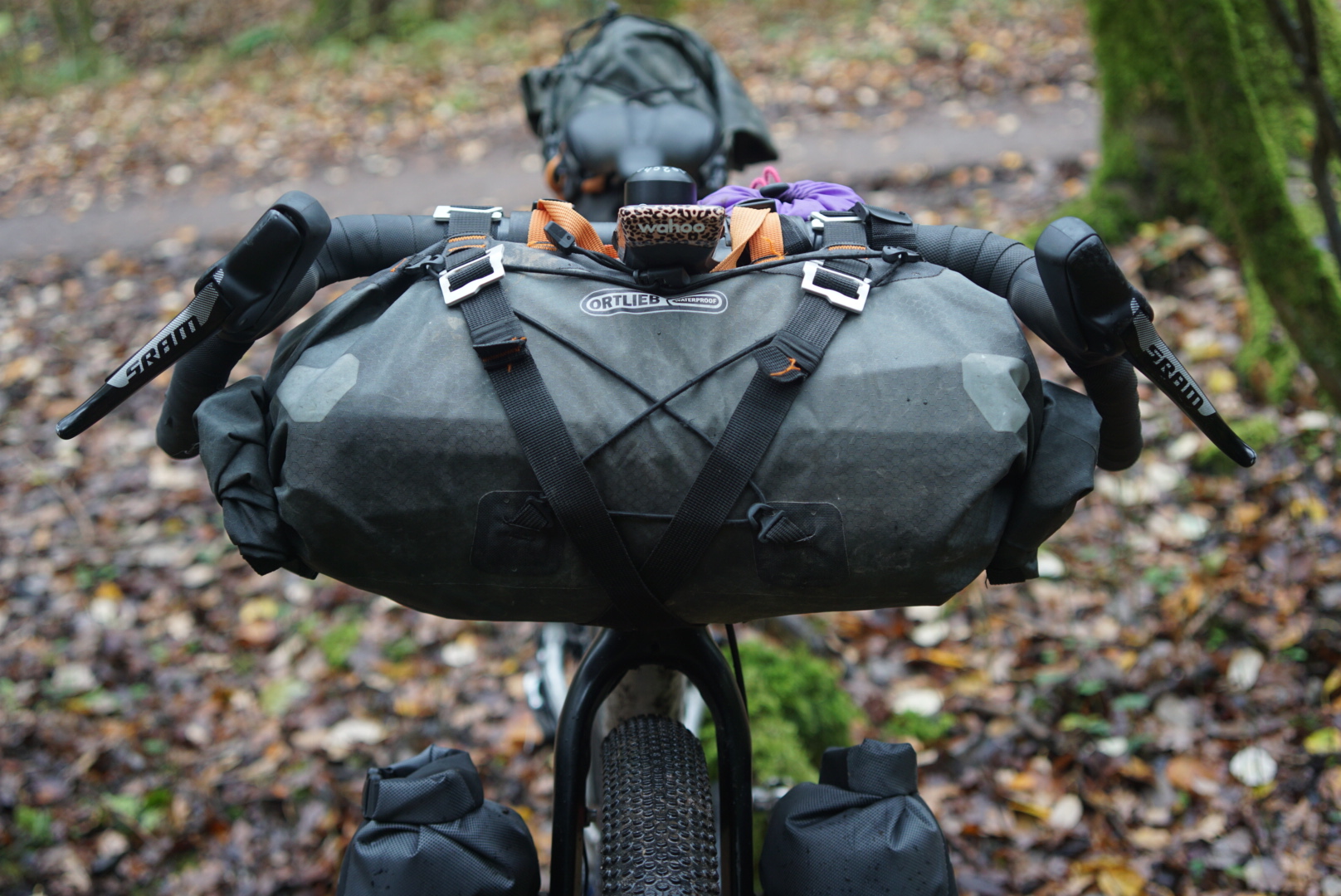
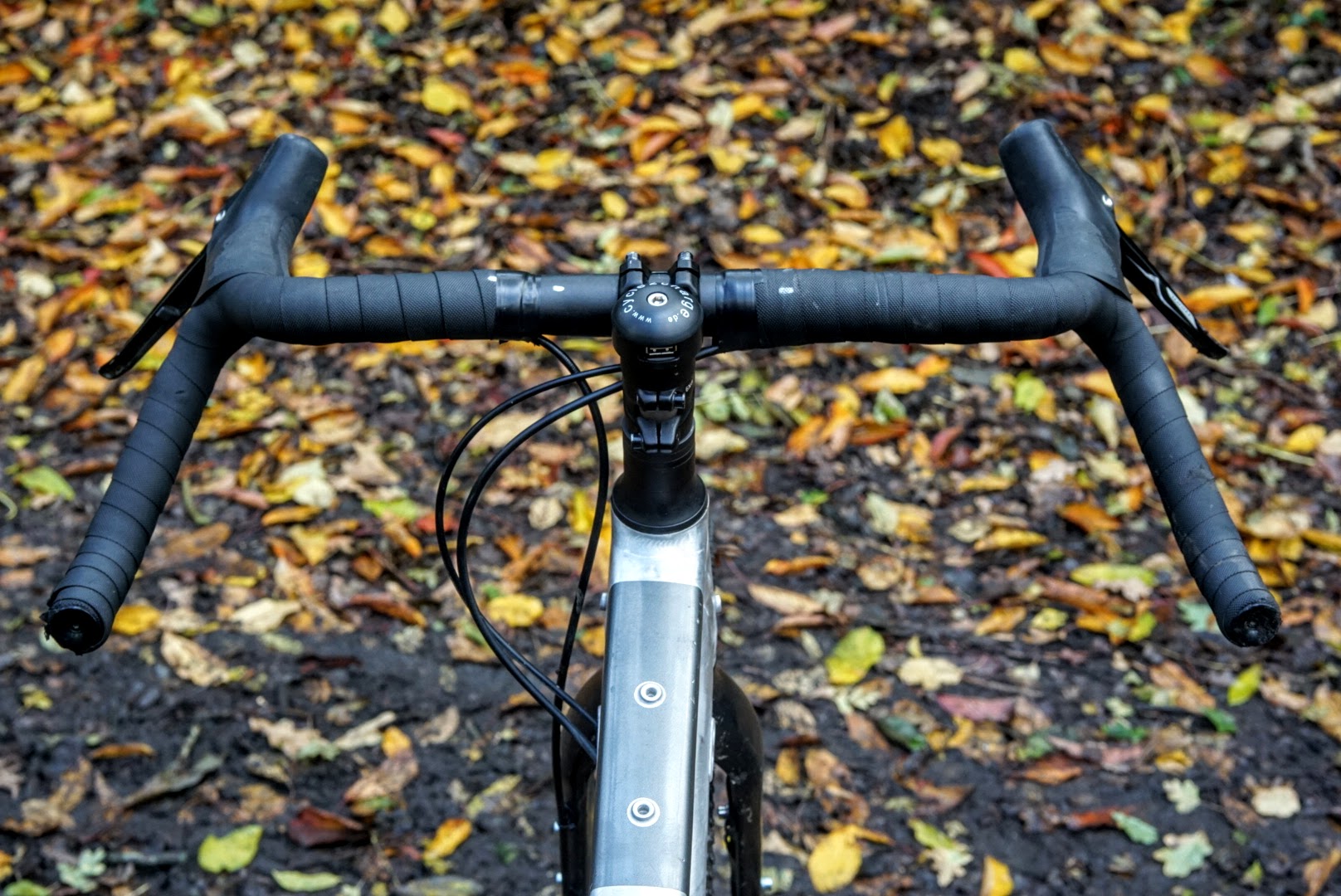


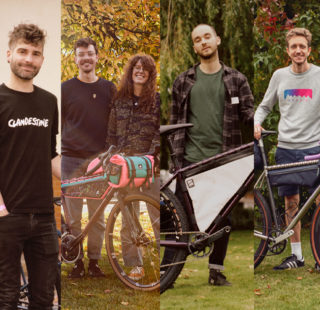










I did’t understand what the third Riverside offer will be, so maybe this doesn’t make sense, however: why not going for a classic drop bar touring bike and a gravel/bikepacking bike with flat/alt bars? It would resolve many of the compromises (reach/fit, gears, handlebar bag room) derived from choosing drops… and the lack of a classic touring bike option, where the curly bars really make sense. Well, it’s still interesting to see Decathlon’s take on the bikepacking trend. They are doing quite well with the last releases, imho.
Sorry for the confusion Paolo, the three models are the tourer (900), budget tourer (530) and drop bar off road tourer (this one, 920). The 900 might be more alike to what you were thinking? https://www.instagram.com/p/CH0m54HFoOB/
Ah, yeah, I missed that and the fact they postponed its launch. However, my doubts remain: why going flat bar road tourer and drop bar offroad rig? Except for the “cool” factor, I don’t really see the logic behind it (see first post), especially if you’re trying to keep the price down. I am just thinking aloud, there are probably good reasons for these choices…
I think the reason is the cool factor of a monstercross, like people call the super-gravel drop bar bikes. These bikes are more popular nowadays and so their bikepacking bags compared to traditional flat bar touring bikes with rack and panniers, which are considered old fashioned. So it makes sense commercially to have a top of the range lightweight bikepacking bike that weights 13kgs than a full specced touring bike that with accessories (mudguards, racks) weights 17 kgs. I think the touring 900 comes with an alu fork compared to the carbon one of the 920. Shame that they didn’t put some shimano xt hydraulics brakes on the 900, tho. Especially considering even the basic 520 has got hydros. People may say that mechanical discs are more reliable but there have been a lot of people out there touring with hydros without any problem whatsoever.
I really like the look of this bike though a bit concerned about the comments about long term replacement parts, do you think it will be much of an issue in comparison to similar drop 29er’s?
Really depends on what groupset you’re looking at… thankfully replacing hoses isn’t something you should need to do too often, but it’s still worth bearing in mind for down the line.
Hey Katherine,
thanks for the nice review!
I would like to get your feedback on the sizing issue.
My rider is 170 cm (rides a Canyon Endurace WMN in XS) and we are undecided between Size S and M. According to the official chart, she should go for M, which , after your comment, might be to big.
However the difference in Reach is just 1mm, while the Stack differs about 3cm. Do I read correctly, that the M frame is basically the more upright (and slightly longer) version of the S frame?
Thanks for your help! 🙂
1X means no-go for me. I still don’t get it why cadence is to such degree neglected. Do long-distance folks do not ride on tarmac at all? 160mm rotors also are questionable, high speed descent (loaded) and you can be in trouble. But in general it is good to see more and more true gravel bikes out there.
It’s all a matter of what you’re used to. There isn’t a solution that scores best on all aspects so compromises must be made somewhere. But compromises are they really? Back in the days of triple and 7 to 8 speed cassettes, it wasn’t possible to have range and progressivity either like today. Same with doubles and 9 or 10 speed cassettes. And one could still ride.
The reality is that the human body can adapt enormously. What you think is a “no-go” could very well work for you if you wanted it to and gave yourself a bit of time for getting used to it. It’s all up to you. We have choices, don’t we?
1x is not really the issue, you’re only really losing a couple of real ratios to 2x with 11 and 12-speed setups unless you’re continually shifting back front and rear backwards and forwards as you go up and down. Gear range has more effect, and that’s often needed rather than desired when you start including off-road and luggage. There’s also chain integrity to consider – really not something you’d ever bother with on the road, but it becomes increasingly useful to consider as the off-road side gets less smooth. As with anything, it’s a trade-off and somewhat personal taste; i’d personally have a 1x with a narrow/wide ring if I was doing proper off-road for long distance – arguably what this rig is more leaning toward – but for short trips and milder track, 2x would be fine. YMMV of course – that’s the beauty of having a lot of choice which this bike just adds to.
Can the Touring 920 be shipped to Singapore address with purchase?
You’d be best contacting Riverside/Decathlon direct with that question ✌️
Looking at the reach figures I have to wonder whether they designed the frame for flat bar initially and then just changed to drop bars because they are more trendy?
Come on 410mm reach on small? That’s not far off what I ride on my trail bike with 45mm stem!
That said, the frame is lovely and well thought out with all the mounts, MTB-like clearances and non-boost spacing for road wheel compatibility. I could see myself building a nice flatbar rig around this frame.